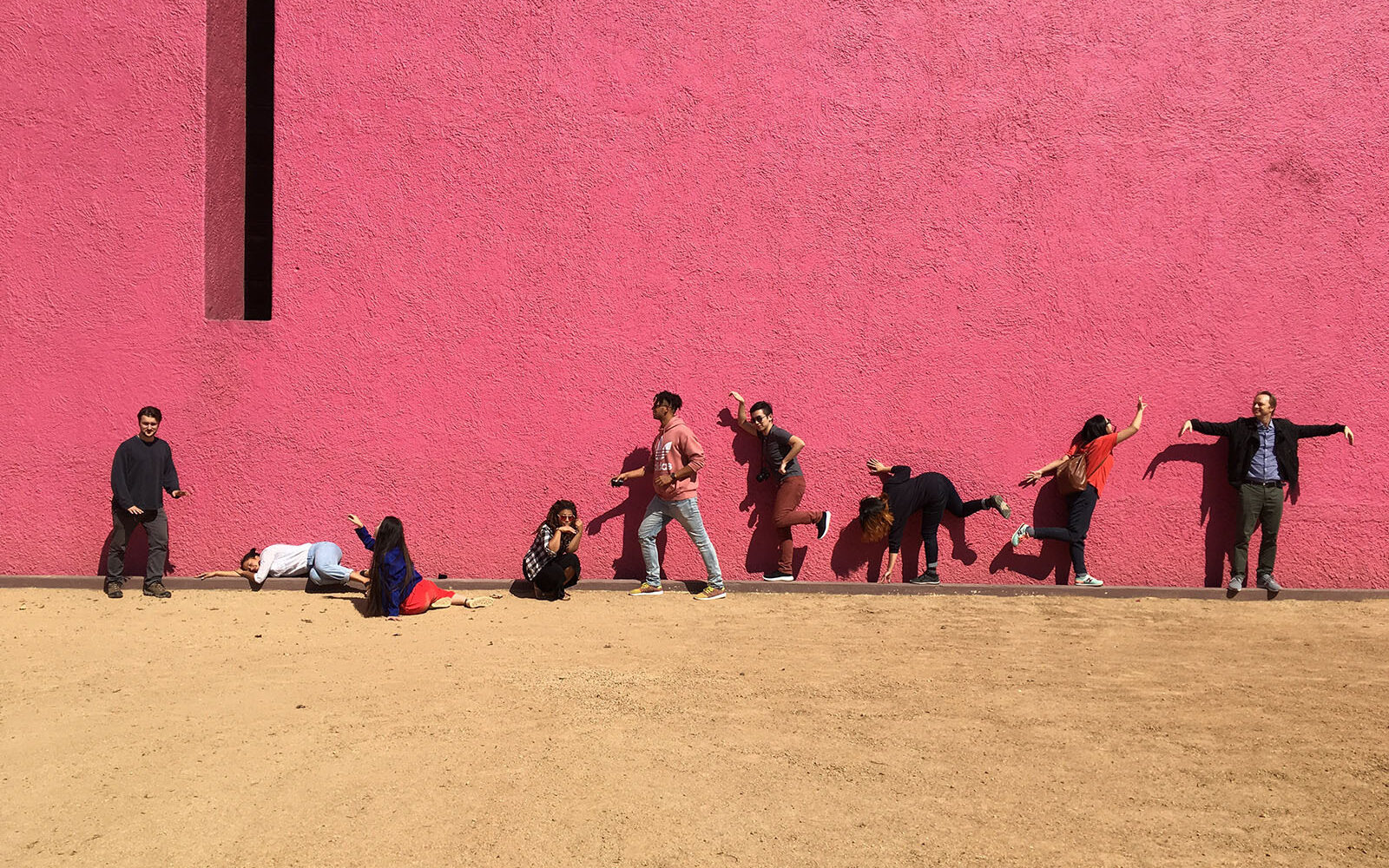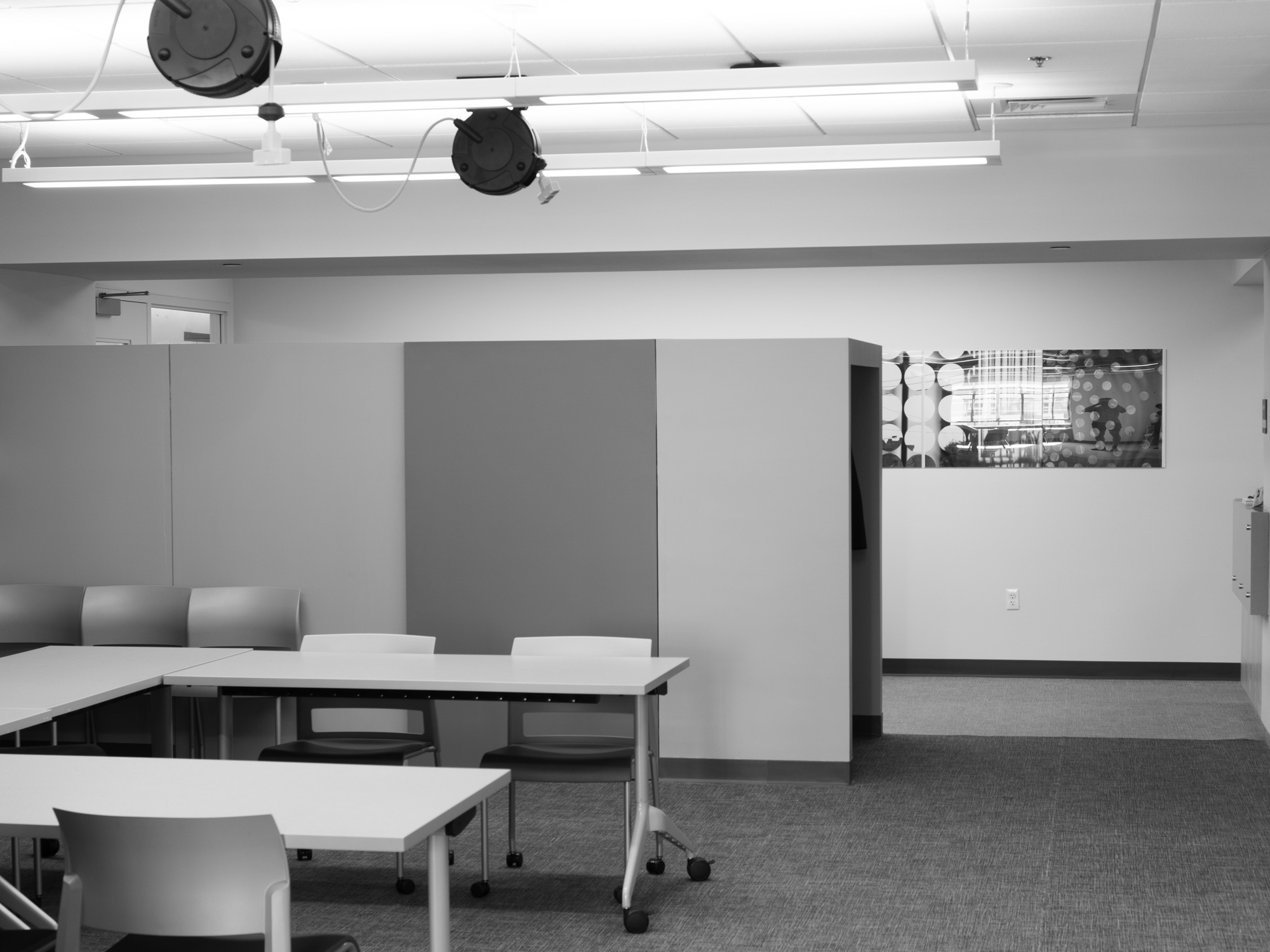What
Where
When
Fall 2017
Course Dates: Sep 7, 2017 — Dec 15, 2017
Travel Dates: Nov 22, 2017 — Nov 26, 2017
Who
Open to RISD students, Brown University studentsProgram Partners
Universidad de Monterrey
Challenging the idea of a ‘border wall’, by and large an abstract line of no thickness whereby only operations such as ‘separating’, ‘crossing’, ‘moving along’, etc. can be performed, the studio will try to expand the two-dimensionality of this notion into a tri-dimensional space.
Course Dates: Sep 7, 2017 — Dec 15, 2017
Travel Dates: Nov 22, 2017 — Nov 26, 2017
Universidad de Monterrey
Includes airfare, accommodation, field trips, local transportation, group dinners + some meals, museum entrances, health and travel insurance.

The entire debate about the construction of ‘the wall’ between the United States of Mexico south and the United States of America north has generated numerous narratives, interpreted by artists, architects, and planners. The theme of the wall has been mostly used as a pretext for the enunciation of gratuitous, self-referential formulations, with no practical purpose other than that of benefitting the popularity of the authors.
Does ‘the wall’ offer any real opportunity for design to contribute to the improvement of living conditions of the ones whose life, for different reasons, happen to be suspended, poised, or fractured in between the two sides of the border?
Challenging the idea of a ‘border wall’, by and large an abstract line of no thickness whereby only operations such as ‘separating’, ‘crossing’, ‘moving along’, etc. can be performed, the studio will try to expand the two-dimensionality of this notion into a tri-dimensional space allowing for the performing of social and intersubjective activities. On one or more sites along the border, the studio will take up the design theme of a ‘Non-Crossing Area’, where people from both sides of the border go to stay (as opposed to crossing), socialize, and create/produce beyond barriers.
The studio work will be articulated in 3 major phases: ‘Research’, ‘Territorial/Urban Concepts’, ‘Architectural Project’. The first phase is devoted to the investigation of conceptual themes and practical analysis of design sites, the second phase prefigures an urban or territorial scenario, while the third phase precipitates into a physically defined architectural proposal.
In summary, the assignments throughout the semester will explore issues of identity, culture, agriculture, fabrication; and the analysis and design problems proposed will require alternative conceptualizations of spatial border conditions, territories of social interchange, and structures for the virtuous and fair production and creation.
Must be a registrant in this Advanced Studio.
The RISD/UDEM joint Architecture Studio Fall 2017 will be offered in collaboration between the Rhode Island School of Design and Universidad de Monterrey. UDEM students will travel to RISD at an early phase of the work in September to set up the common guidelines of the activities, while RISD students will travel to UDEM at a later phase in November to collectively present and review the final progresses. Travel to UDEM is optional.

Have questions? The RISD Global team is available to meet for a 1:1 advising session. We can give you more information about your study options, help you figure out which program makes sense for you, and assist you with the application process.
Schedule an AppointmentNo upcoming events for this program at this time.
No announcements for this program.